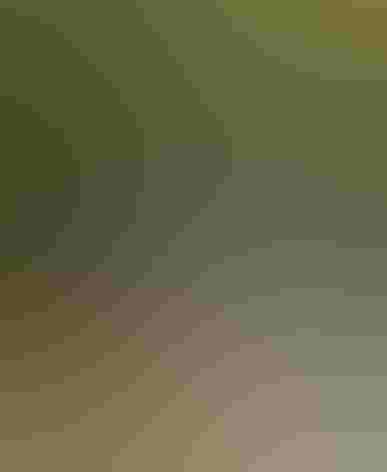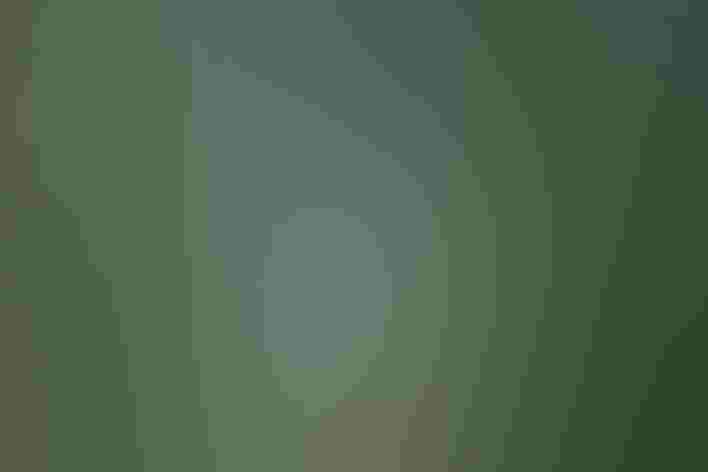Florida Scrub-Jay
At a Glance
This bird is noteworthy on several counts. It lives nowhere in the world except Florida, it has a complicated social system, it has been the subject of very detailed field studies, and it is threatened by loss of habitat. Formerly considered just a race of the scrub-jays found in the west, it is now classified as a full species.
All bird guide text and rangemaps adapted from by Kenn Kaufman© 1996, used by permission of Houghton Mifflin Harcourt Publishing Company. All rights reserved.
Category
Crows, Magpies, Jays, Perching Birds
IUCN Status
Vulnerable
Habitat
Forests and Woodlands, Shrublands, Savannas, and Thickets
Region
Florida
Behavior
Flap/Glide, Undulating
Population
7.500
Range & Identification
Migration & Range Maps
Highly sedentary, rarely moving even short distances away from patches of appropriate habitat.
Description
11" (28 cm). Like California Scrub-Jay, but with paler forehead. No other Florida bird is similar. Blue Jay has crest, white spots in wings and tail.
Size
About the size of a Robin
Color
Black, Blue, Gray, White
Wing Shape
Broad, Rounded
Tail Shape
Long, Rounded, Wedge-shaped
Songs and Calls
Song: trills and high warbles. Call: loud harsh shreep.
Call Pattern
Flat
Call Type
Rattle, Raucous, Trill
Habitat
Florida scrublands. Its name is appropriate, for it lives only in Florida scrub, areas of short scrubby oaks growing on sandy soil. This habitat occurs mostly as isolated pockets, and the jays rarely wander away from their own little patch of scrub, making them extremely sedentary.
Sign up for ÃÛèÖAPP's newsletter to learn more about birds like the Florida Scrub-Jay
Behavior
Eggs
3-4, sometimes 2-6. Usually light green, spotted with olive or brown. Incubation is by female, usually 17-18 days. Male feeds female during incubation.
Young
Fed by both parents and by "helpers" in the nesting group. Young leave nest about 18 days after hatching. 1 brood per year, sometimes 2.
Feeding Behavior
Forages on the ground and in trees, usually in flocks. Harvests large numbers of acorns and buries them, coming back to retrieve and eat them later.
Diet
Mostly acorns and arthropods. Acorns make up a major part of the diet at most seasons. Eats a wide variety of insects, especially in summer, as well as a few spiders and snails. Also eats berries, seeds, and some small vertebrates such as reptiles, amphibians, rodents, and the eggs and young of smaller birds.
Nesting
Breeds in cooperative flocks. Each nesting territory is occupied by an adult pair and often by one to six "helpers," usually the pair's offspring from previous years. These additional birds assist in defending the territory and feeding the young. Studies have shown that a pair with "helpers" is likely to raise more young than a pair without. Nest site is in tree or shrub, usually an oak, with sand live oak strongly favored. Nest is usually low, averaging 3-4 feet above the ground. Nest (built by both sexes) is a well-built, thick-walled cup of twigs, grass, and moss, lined with fine rootlets and plant fibers.
Conservation
Conservation Status
Endangered. As of the early 1990s, the total population was estimated at about 4,000 pairs, probably a reduction of more than 90% from original numbers. Loss of habitat has been the main problem. Prime Florida oak scrub is maintained by occasional fires, so fire prevention has added to the effect of ongoing development in squeezing out the jay's habitat.
Climate Threats Facing the Florida Scrub-Jay
Choose a temperature scenario below to see which threats will affect this species as warming increases. The same ÃÛèÖAPP change-driven threats that put birds at risk will affect other wildlife and people, too.










